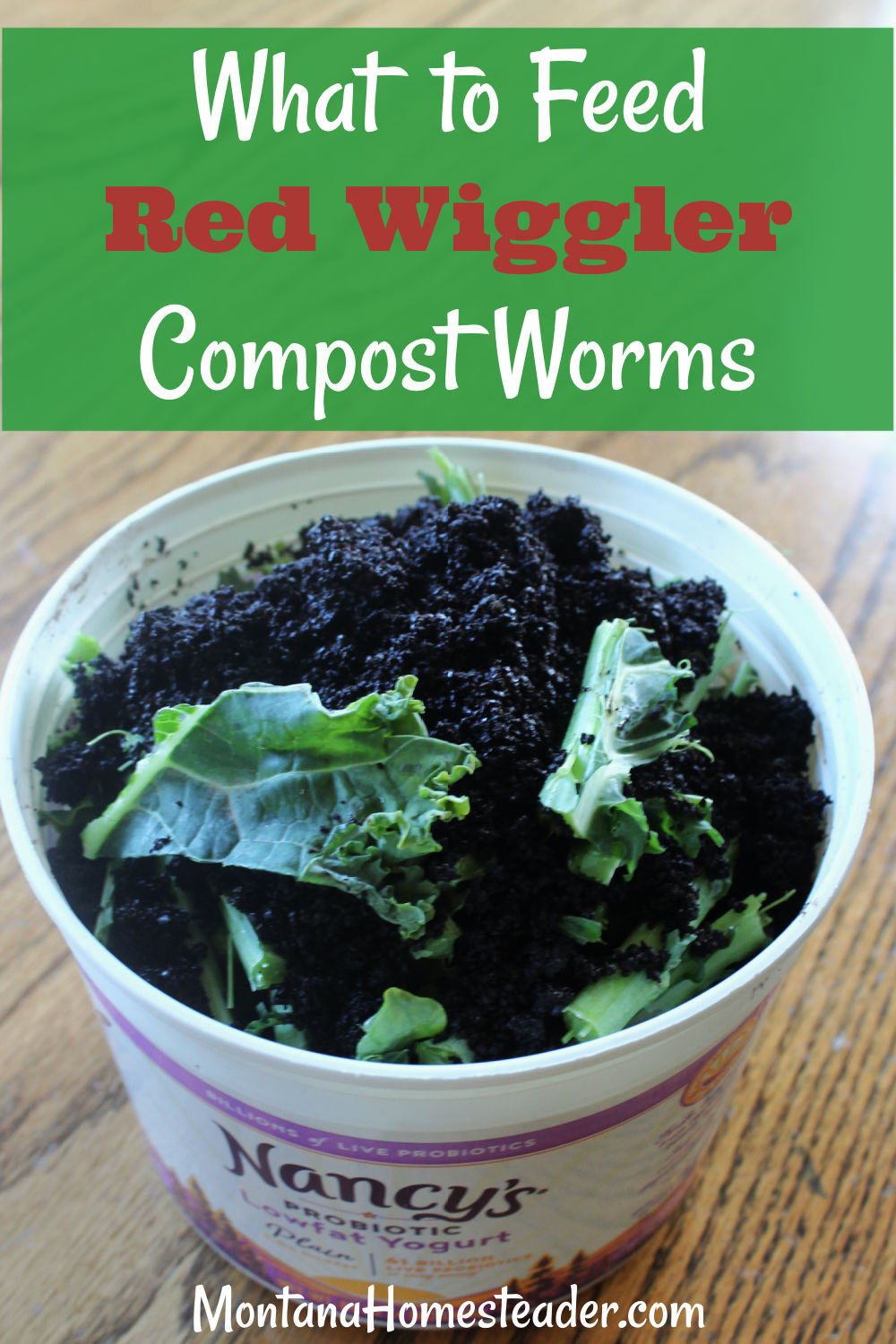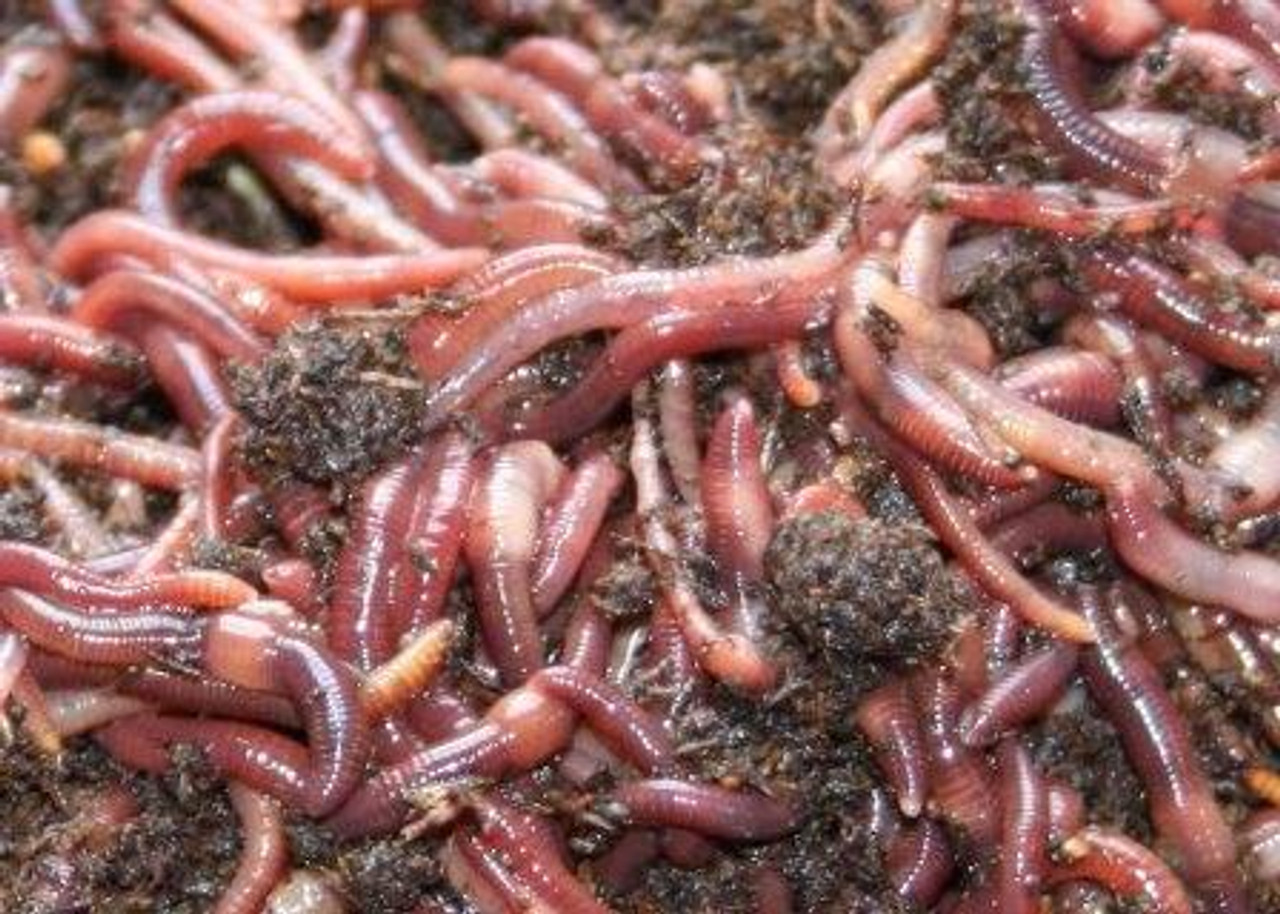Get Your Lawn in Top Shape with the Help of Lake Hickory Bait Grass Care Solutions
Get Your Lawn in Top Shape with the Help of Lake Hickory Bait Grass Care Solutions
Blog Article
Red Wigglers: The Unsung Heroes of Organic Waste Recycling
Red wigglers, or Eisenia fetida, serve as essential representatives in the natural waste recycling process, transforming disposed of materials right into useful vermicompost. As the globe significantly seeks solutions to deal with waste build-up and enhance farming efficiency, comprehending the function of these worms ends up being necessary.
What Are Red Wigglers?
The remarkable strength of red wigglers, clinically referred to as Eisenia fetida, underscores their essential role in organic waste recycling. These little, reddish-brown earthworms are generally found in decomposing natural matter, such as compost heap and manure lots. Lake Hickory Bait. Unlike various other earthworm types, red wigglers thrive in nutrient-rich environments and are extremely efficient at breaking down organic materials, making them vital for vermicomposting

(Red Wiggler Express)Along with their function in waste decrease, red wigglers add to soil health by enhancing dirt framework and oygenation through their tunneling activities (Lake Hickory Bait). Their visibility in composting systems not just enhances decomposition rates however additionally advertises a lasting approach to squander administration, showing their relevance in eco-friendly conservation efforts
Benefits of Composting With Worms
Composting with worms, particularly red wigglers, provides various advantages that improve both waste administration and soil health and wellness. Initially, these worms effectively damage down natural waste, converting it into nutrient-rich vermicompost that enhances soil. This procedure speeds up decay, enabling for a quicker recycling of kitchen area scraps and other organic materials contrasted to typical composting approaches.
Furthermore, the vermicompost created by red wigglers is including useful bacteria, which help improve dirt framework, oygenation, and dampness retention. This boosts the general health and wellness of plants, promoting strenuous development and boosted returns in gardens and farming settings. The usage of worms in composting lessens the production of greenhouse gases, such as methane, adding to a much more sustainable waste monitoring system.

Just How to Start Vermicomposting
Establishing a vermicomposting system is a simple process that can produce substantial advantages for both waste monitoring and dirt enrichment. To begin, select a suitable container, such as a plastic bin or wood box, with adequate air flow openings to guarantee appropriate air movement. The measurements need to preferably be about 2 feet by 3 feet, permitting enough space for the worms to prosper.
Following, prepare bed linens product, which can include shredded paper, cardboard, or coconut coir. This bed linen must be moistened to create a suitable habitat for the worms. When the bed linens is in location, present red wigglers (Eisenia fetida) right into the container, generally around one pound of worms for every square foot of area.
Following the positioning of worms, add natural waste, such as vegetables and fruit scraps, coffee grounds, and smashed eggshells. Stay clear of adding dairy, meat, or oils, as these can develop smells and bring in pests. Ultimately, position the bin in a shaded, temperature-controlled location to maintain optimal conditions for worm task. With these steps, you will properly launch a vermicomposting system that adds to sustainable waste monitoring and improves your soil.
Maintaining a Healthy And Balanced Worm Container
(Lake Rhodhiss Bait)Maintaining a worm container flourishing needs routine focus and care to make sure the health and go to my blog wellness of the red wigglers and the performance of the composting process. Appropriate maintenance begins with checking the dampness levels; the container must perspire however not saturated. A great guideline is to maintain an uniformity comparable to a wrung-out sponge.
Carefully mixing the bed linen and food scraps every few weeks prevents compaction and guarantees that all worms have access to oxygen. Furthermore, it is important to feed the worms appropriately.
If the bin becomes too warm or cool, the worms may become stressed. By diligently taking care of these variables, one can preserve a robust and productive worm container.
Influence On Sustainable Living
The successful maintenance of a worm container not just profits the health of red wigglers but additionally adds considerably to sustainable living techniques. By reusing organic waste, such as kitchen scraps and backyard debris, red wigglers help draw away considerable amounts of product from garbage dumps. This reduction in waste not just reduces greenhouse gas emissions yet likewise minimizes the ecological problem connected with waste monitoring.
Additionally, the castings generated by red wigglers serve as a nutrient-rich natural fertilizer, enhancing dirt health and advertising plant growth. This all-natural alternative to chemical plant foods supports lasting agriculture and horticulture practices, lowering reliance on artificial inputs that can harm ecological communities. Furthermore, worm composting cultivates understanding of waste monitoring, motivating people and communities to embrace more sustainable behaviors.

Final Thought
In recap, red wigglers offer as important contributors to natural waste reusing with their effective decay of organic products. By incorporating vermicomposting into waste administration strategies, people and areas can dramatically minimize waste while promoting environmental sustainability.
Report this page